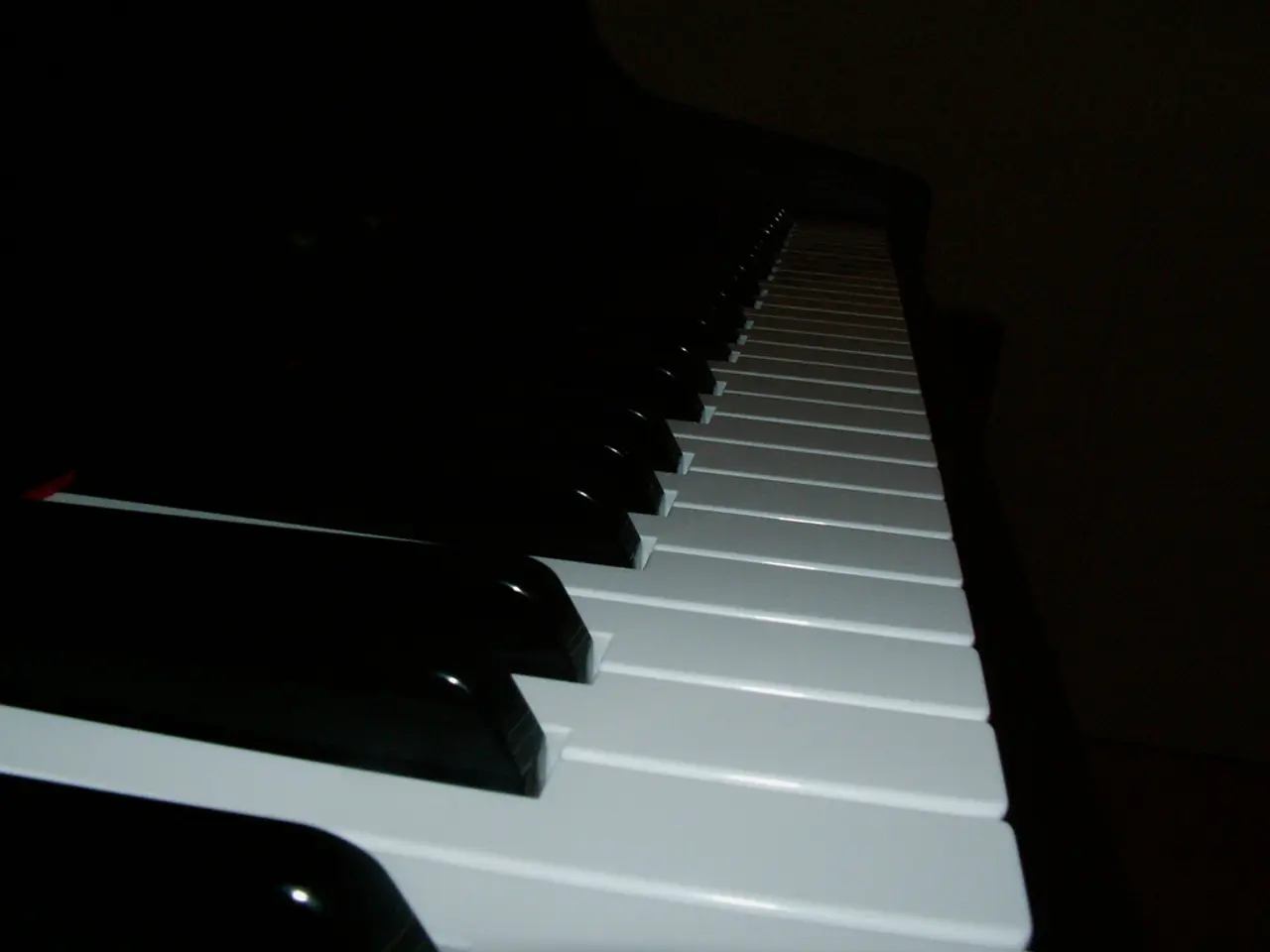Piano arrangement for the 12-bar blues progression
The 12-bar blues, a central core for some of the best blues pianists and a starting point for those pursuing a career in Jazz Music or improvisation, originated in the late 19th and early 20th centuries among African American communities in the southern United States. This musical style, characterized by a distinctive 12-bar chord progression and call-and-response patterns between singer and instrument, is rooted deeply in African American folk traditions.
The structure of the 12-bar blues is based on 12 bars, with a dominant seventh chord in root position within each bar. This chord progression, a common feature in the musical genres of blues and jazz, oscillates between the tonic (I7), the subdominant (IV7), and the dominant (V7).
The 12-bar blues evolved from African musical heritage combined with spirituals, work songs, and folk traditions that expressed the struggles and hopes of the African diaspora after emancipation. The lyrics of the twelve bar blues are typically nostalgic, speaking of freedom, liberty, and finding one's own family. In African music, the central theme is freedom.
The technique of contrapuntal style and call and response method is common in African music, and this can be seen in the 12-bar blues as well. The Shuffle Blues, a variation of the 12-bar blues, introduces an additional IV7 chord between the fifth and final tonic in the chord pattern.
W. C. Handy is credited as a key figure in popularizing and formalizing the 12-bar blues structure. His 1912 published sheet music for "The Memphis Blues" introduced the style to broader audiences and influenced other musical forms, including early country music and dance styles. Handy adapted folk music elements by using a three-line lyrical structure where the first line is repeated and the third line comments on it, allowing room for improvisation in the performance.
Culturally, the blues emerged as an expression of African American life in the post-slavery rural South, addressing themes of adversity, hardship, and personal storytelling. Its development included migration northward, where urban regional styles like Chicago blues electrified the genre and helped lay the foundation for rock and roll. Notable early blues musicians include Ma Rainey, Robert Johnson, Lead Belly, and Muddy Waters, who advanced the genre’s musical and cultural reach.
In future articles, we will delve into blues scales and blues scales piano. We will also explore variations such as the Minor Blues, which follows the same chord pattern as the 12-bar blues, but all chords are minor 7th instead of dominant 7ths. We will also discuss the Bird Blues, named after Charlie Parker, which uses the ii and V chord, resulting in a sequence of "two-fives" that elongate the harmonic progression of the piece.
A composer like W.C. Handy, a key figure in the formalization of the 12-bar blues, introduced this technique to broader audiences through his piano lessons and sheet music compositions, contributing to the expansion of entertainment genres. In the world of music, notable composers and pianists have studied and applied the 12-bar blues technique to incorporate it into various styles, from jazz improvisation to the evolution of rock and roll.






